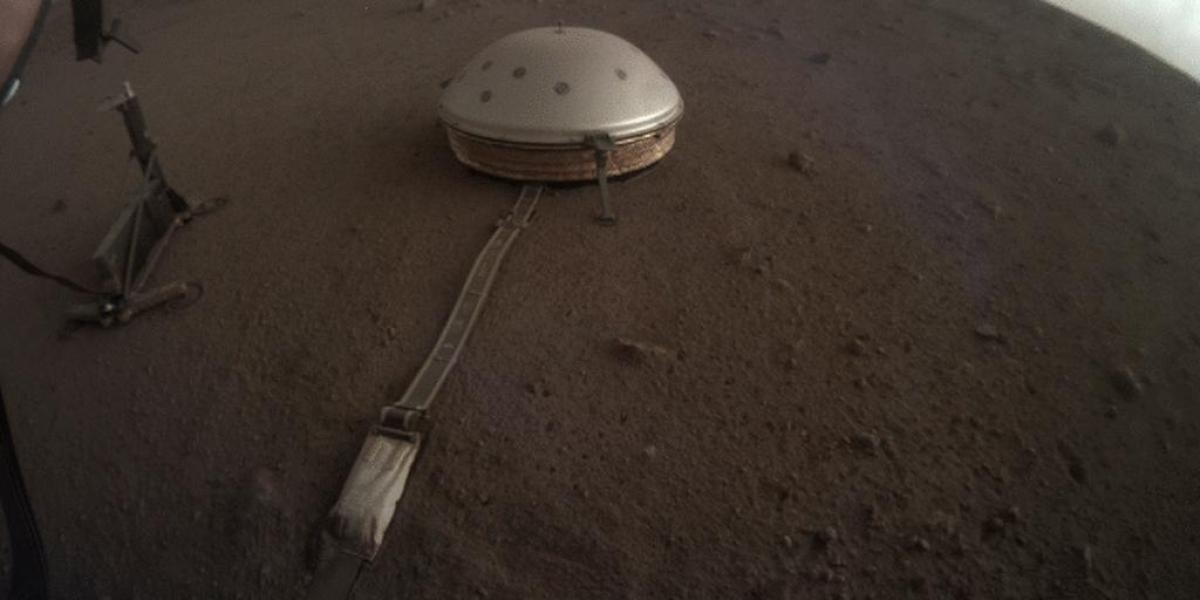Disir
Platinum Member
- Sep 30, 2011
- 28,003
- 9,615
- 910
More than two years after its launch, seismic data that InSight collected has given researchers hints into how Mars was formed, how it has evolved over 4.6 billion years, and how it differs from Earth. A set of three new studies, published in Science this week, suggests that Mars has a thicker crust than expected, as well as a molten liquid core that is bigger than we thought.
In the early days of the solar system, Mars and Earth were pretty much alike, each with a blanket of ocean covering the surface. But over the following 4 billion years, Earth became temperate and perfect for life, while Mars lost its atmosphere and water and became the barren wasteland we know today. Finding out more about what Mars is like inside might help us work out why the two planets had such very different fates.

 www.technologyreview.com
www.technologyreview.com
This is pretty cool.
In the early days of the solar system, Mars and Earth were pretty much alike, each with a blanket of ocean covering the surface. But over the following 4 billion years, Earth became temperate and perfect for life, while Mars lost its atmosphere and water and became the barren wasteland we know today. Finding out more about what Mars is like inside might help us work out why the two planets had such very different fates.

We just got our best-ever look at the inside of Mars
NASA’s InSight lander has shown the planet’s interior is more complex than previously thought.
This is pretty cool.